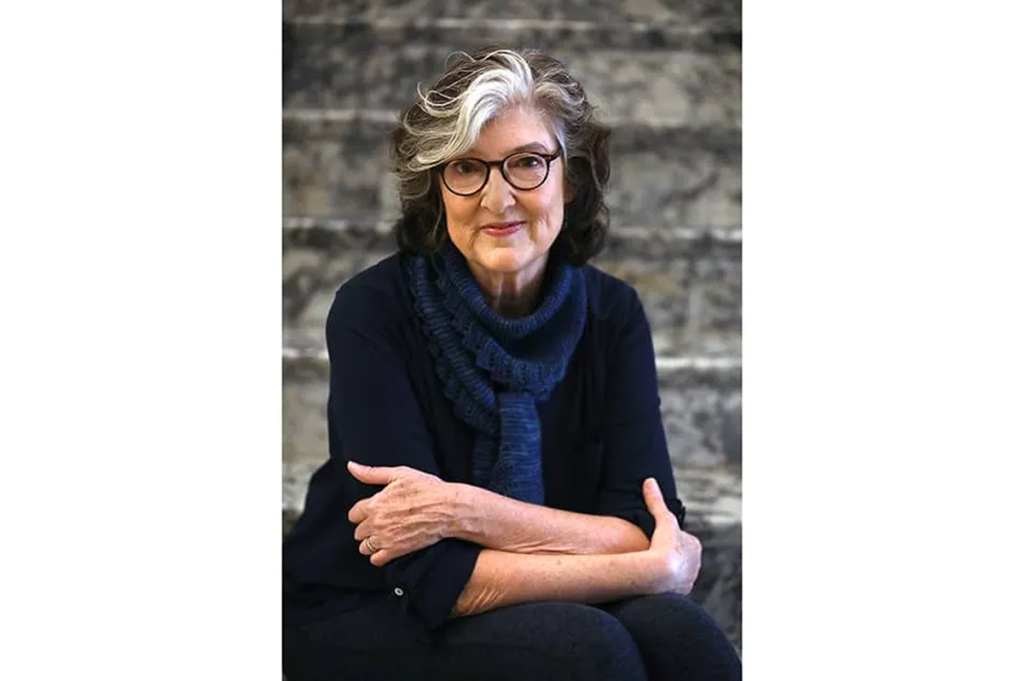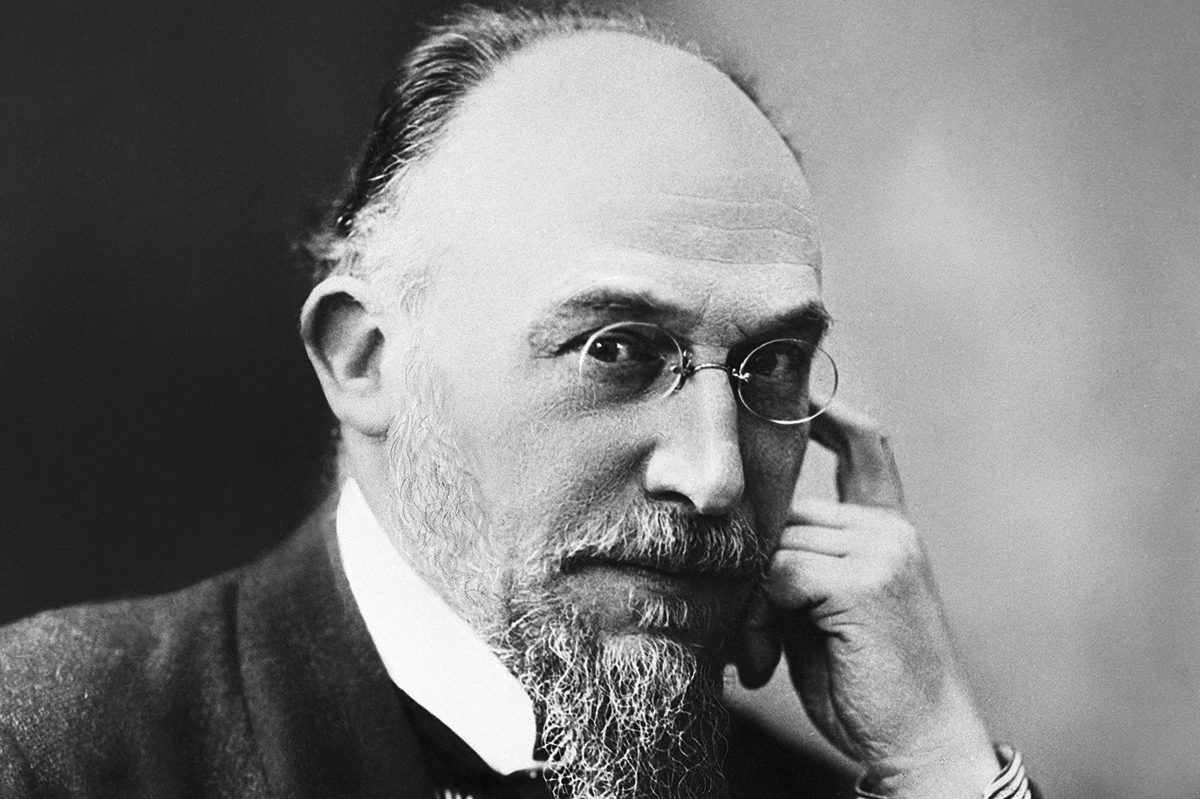Putting new wine into old wineskins is an increasingly popular fictional mode. Retellings of nineteenth-century novels abound. Jane Austen inevitably leads the way, with Val McDermid’s Northanger Abbey, Alexander McCall Smith’s Emma, Joanna Trollope’s Sense and Sensibility, and no fewer than four recent adaptations of Pride and Prejudice. Dickens, too, has been updated, with Michael Rosen’s Bah Humbug and Lorie Langdon’s Olivia Twist. Now Barbara Kingsolver pitches in with a contemporary version of David Copperfield.
Her Demon Copperhead is a russet-haired, mixed-race boy from the backwoods of South Virginia. His father died before he was born and his mother, like many of the novel’s characters, is addicted to opioids, leaving him in the hands of their kindly neighbor, Mrs. Peggot. Demon grows up poor and wild but happy until his mother meets and marries Stoner, an abusive biker, and his true misfortunes begin.
For all that she rings the changes on Dickens’s characters, Kingsolver follows his plot almost to the letter. So Demon goes to Mr. Crickson’s farm rather than Mr. Creakle’s school, where he meets Tommy Waddles (Tommy Traddles) and Fast Forward (James Steerforth). Fast Forward seduces the Peggots’ granddaughter Emmy (Little Em’ly) and, even more dissolute than his prototype, he pimps her out to attract customers for his drug deals.
Like David, Demon is reunited with Betsy, an elderly female relative (here his grandmother), and her disabled brother Dick (thankfully without King Charles’s head), before going to live with Coach Winfield and his daughter Agnes, whom he initially takes for a boy, and falling in love with the drug-addled Dori, who, like Dora Spenlow in the original, has a snappish dog named Jip.
The parallels proliferate; Kingsolver even has Emmy living in “a geographic dome… like a boat turned upside down,” redolent of Mr. Peggotty’s “black barge.” Only Uriah Heep (here U-Haul) and the Micawbers (the McCobbs) are poorly integrated into her scheme. But her fidelity to Dickens’s plot is an increasing distraction. She writes in an afterword that she wants to counter “hillbilly stereotypes” and draw attention to “the limited choices and suffocated hopes, poverty built into a region by historical design.” Yet, rather than feeling for the characters’ wasted and brutalized lives, the reader is too busy focusing on Kingsolver’s virtuosic reworking of their models.
The narrative voice is a tour de force. David Copperfield has that of the author — unsurprisingly in his self-confessed “favorite child.” Demon, on the other hand, speaks in the authentic voice of a confused adolescent: breathlessly intense, sharp, knowing, full of pop-cultural references and increasingly hormonal. It’s the most powerful ventriloquist act by a female American author since Laura Albert assumed the identity of J.T. LeRoy.
This article was originally published in The Spectator’s UK magazine. Subscribe to the World edition here.

























